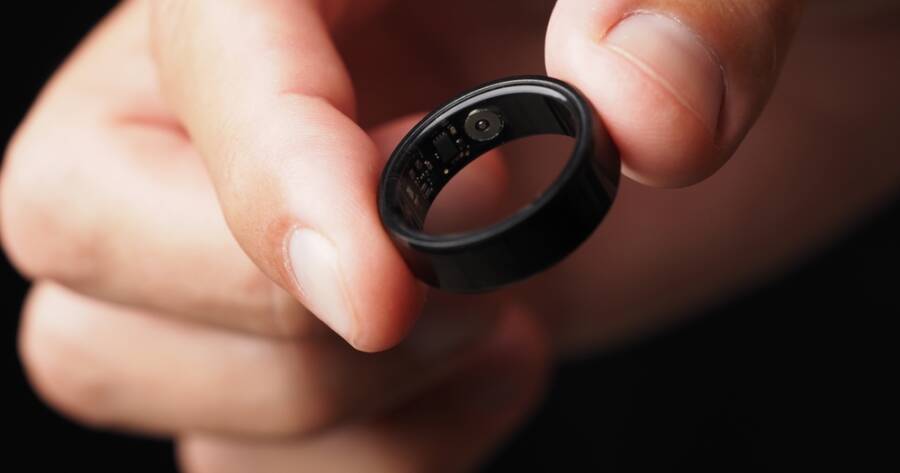Wearable technology has made significant strides by embracing the distinct health needs of women, spurred by the dynamic growth of the femtech industry. With innovations like menstrual tracking and stress management devices, coupled with industry leaders pushing boundaries, these advancements offer promising insights into health and wellness. Explore how this trend is redefining personalized health care for women.
Wearable Tech for Women: The Gadgets Finally Getting It Right
The advancement of wearable technology has reached an exciting frontier, particularly in addressing the unique needs of women. This evolution is significantly attributed to the burgeoning femtech sector, which showcases rapid growth and innovation driven by femtech growth. The market, which includes revolutionary products specifically designed for women’s health, is expected to explode from $55.6 billion in 2023 to $125.35 billion by 2032 projected growth. This surge stems from a blend of cultural shifts, rising health consciousness, and a dramatic increase in technology’s ability to deliver personalized health insights, especially in areas like menstrual health and hormonal cycles.
Key Innovations for Women
Among these innovations are wearable devices that cater to women-specific health nuances, including menstrual cycle tracking and stress management tailored to female biology catering to female biology. These advancements feature smart applications capable of not only tracking biological markers but also offering personalized recommendations for managing stress and improving sleep, considering women’s inherent cortisol sensitivity. Devices like the Oura Ring, Which tracks sleep and health metrics, illustrate this promise top recommended wearables.
Leading Players and Their Contributions
Companies at the forefront of this movement, such as Oura, Incora Health, and Bellabeat, are setting new standards in tailoring technology to women’s health needs tailoring technology to women’s health. These firms are pioneering devices that focus on tracking menstrual cycles, stress levels, and activity, offering insights previously inaccessible to many women. Additionally, next-generation innovations like non-invasive glucose monitoring and predictive AI promise even deeper personalized health solutions.
Health Benefits and Monitoring
Wearable technology delivers transformative health benefits, especially through real-time health monitoring. Devices tracking heart rate, sleep patterns, and physical activity empower women and healthcare providers alike by facilitating chronic condition management and promoting wellness real-time health monitoring. The Oura Ring’s user case study exemplifies how such technology can enhance personal well-being by shedding light on factors like sleep quality, thereby allowing users to make informed lifestyle choices personal well-being insights.
Collaborations and Future Outlook
The future of wearable tech in women’s health lies in collaborations between tech companies and health organizations. Such partnerships ensure that devices remain grounded in the latest research and effectively tackle broader challenges, ranging from mental health to menopause collaborations ensure grounding. The sector’s upward momentum is bolstered by an increased focus on preventative healthcare and smartphone penetration, particularly crucial in expanding markets.
Why You Should Learn More About Wearable Tech for Women Today
Understanding wearable technology’s impact on women’s health is pivotal as it increasingly reshapes the landscape of health management. These gadgets not only encapsulate the potential for improved health monitoring but also stand as testaments to technology’s role in enhancing daily life. As femtech continues to grow, it offers promising futures for health care innovation tailored to women. By staying informed about these developments, individuals can harness these tools to optimize their health and well-being, leading to healthier, more informed lifestyle choices.

